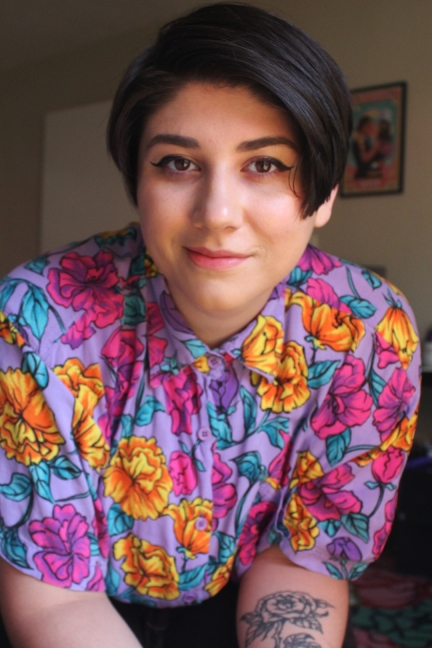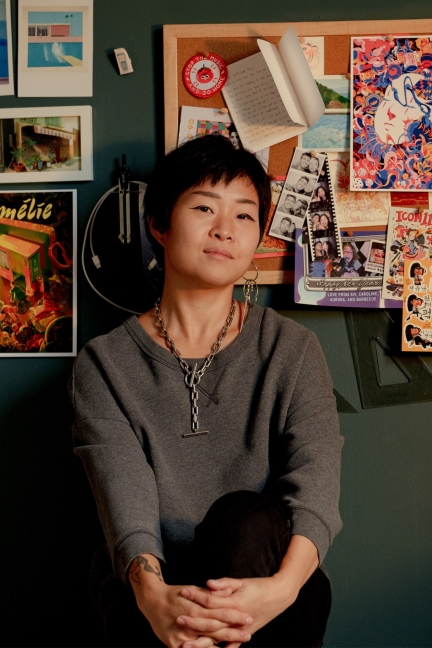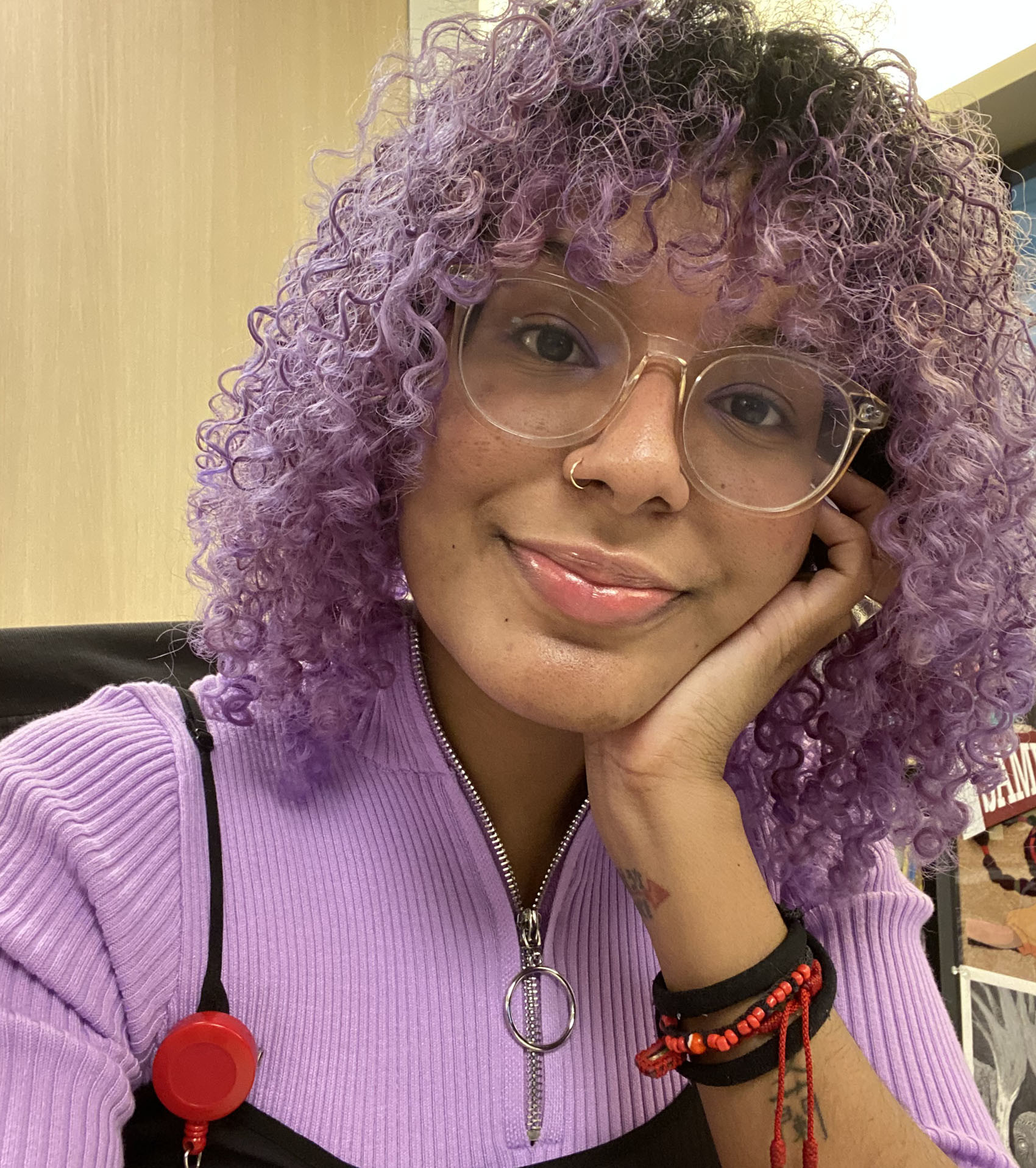
by Michele Kirichanskaya | Mar 26, 2024 | Blog
Rose Bousamra is a freelance illustrator and comic creator born and based in Michigan. Frizzy (with Claribel A. Ortega), winner of the 2023 Pura Belpré Award for Children’s Text, is their first graphic novel, with their solo debut graphic novel Gutless also...

by Michele Kirichanskaya | Mar 5, 2023 | Blog
Deb JJ Lee is a Korean American artist currently living in Brooklyn, NY. They have appeared in the New Yorker, Washington Post, NPR, Google, Radiolab, PBS, and more. Books they have illustrated include The Invisible Boy by Alyssa Hollingsworth (Roaring Brook Press,...

by Michele Kirichanskaya | Aug 11, 2021 | Blog
Kiara Valdez is an Afro-Dominican writer and associate editor at First Second. She was born and raised in New York City (shout out to Washington Heights) and has been an avid comics reader all her life. She graduated from Williams College with a double major in...




